Content marketing involves creating and sharing valuable content like videos, blog posts, and images to attract and engage your target audience. While the process can seem complex with many moving parts, you can simplify it by following a set of proven best practices. Below is a detailed guide to help you refine and execute a successful content marketing strategy.
Analyze Your Audience
Understanding your audience is the foundation of effective content marketing. Analyze demographics (age, gender, location) and psychographics (pain points, interests, behavior).
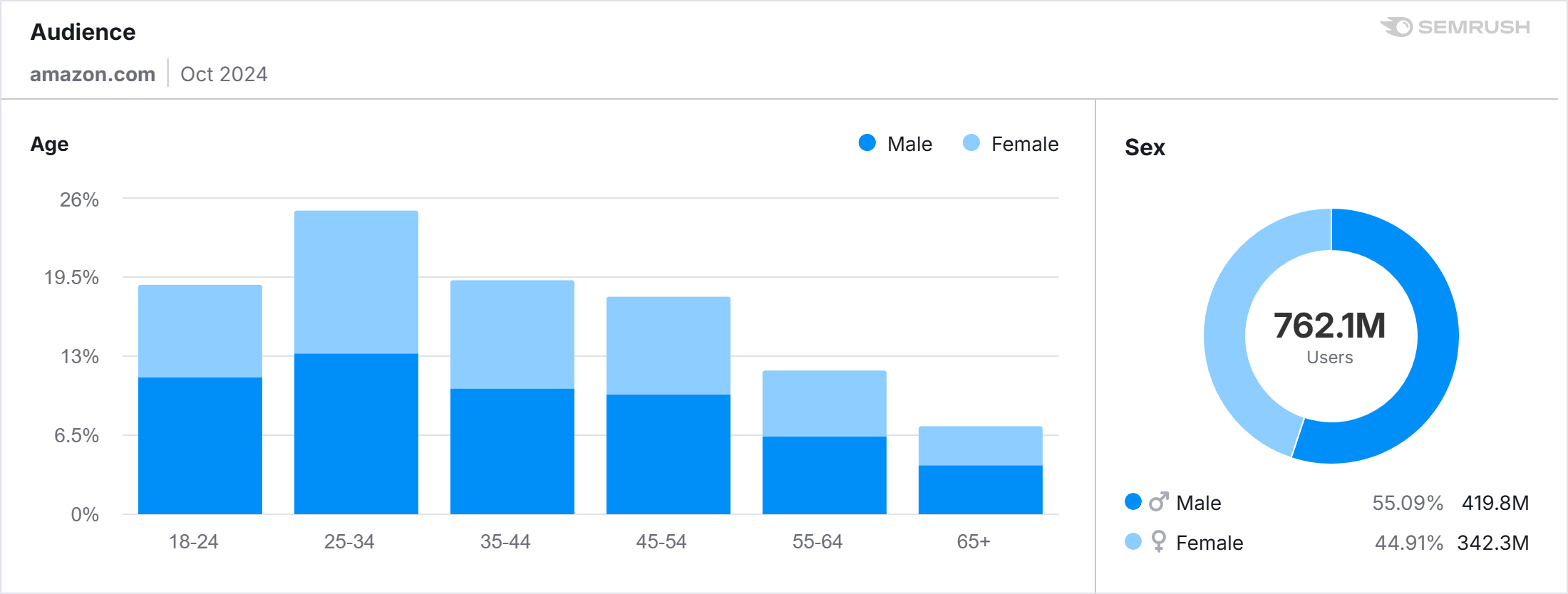
How to Start:
Use tools like Semrush’s One2Target to uncover audience insights. Analyze competitor domains and explore data on user behavior, platforms they prefer, and interests. This information helps tailor content that resonates with your audience.
Example:
If your audience prefers YouTube, focus on creating video content that aligns with their interests.
Review Your Competitors
Competitor analysis allows you to spot trends and gaps in your strategy.
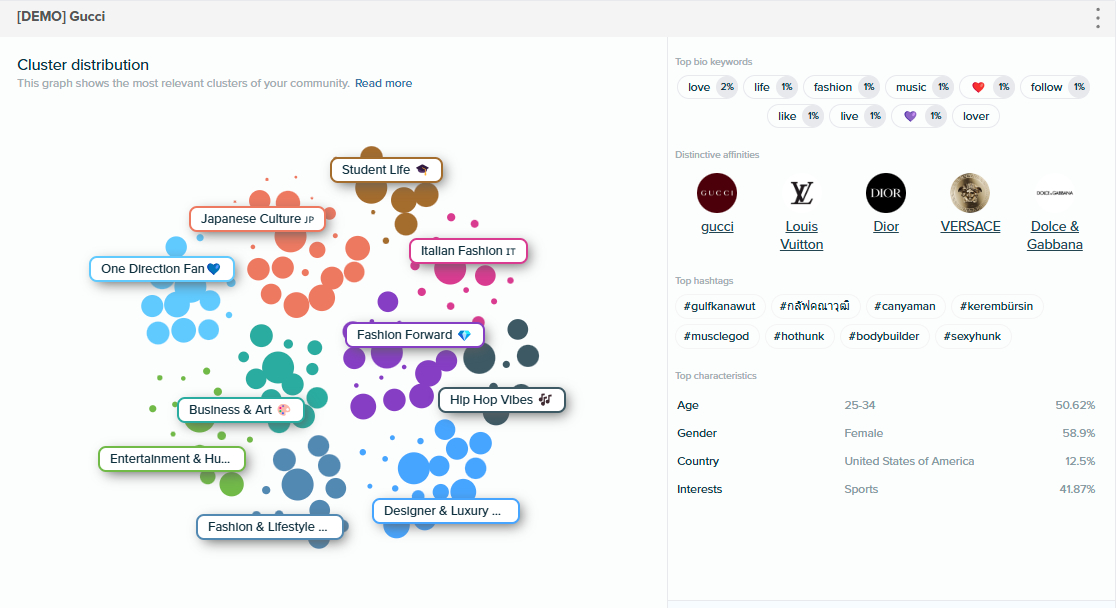
Social Media Analysis:
Review your competitors’ social media posts to identify high-performing content based on engagement metrics like likes, shares, and comments.
Keyword Gap Analysis:
Use Semrush’s Keyword Gap Tool to find keywords your competitors rank for but you don’t. Targeting these keywords can help you capture additional traffic and outperform competitors.
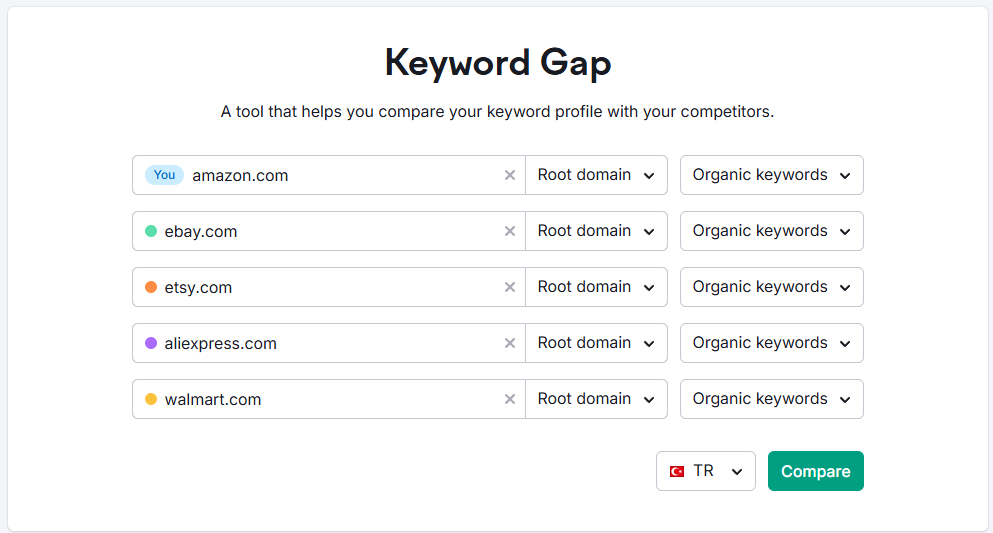
Define Your Messaging
Your messaging reflects your brand’s core values and helps maintain consistency across content.

Tips for Refinement:
- Identify your brand’s unique value proposition.
- Use a consistent tone of voice that appeals to your audience.
- Showcase your core values across all platforms.
Example:
Sottocasa Pizza celebrates the authentic love and craft of Italian flavors in Brooklyn, highlighted through blog posts, social media, and detailed menu descriptions.
Set Goals and KPIs
Define clear, measurable goals for your content marketing efforts, such as increasing traffic, boosting engagement, or driving conversions.
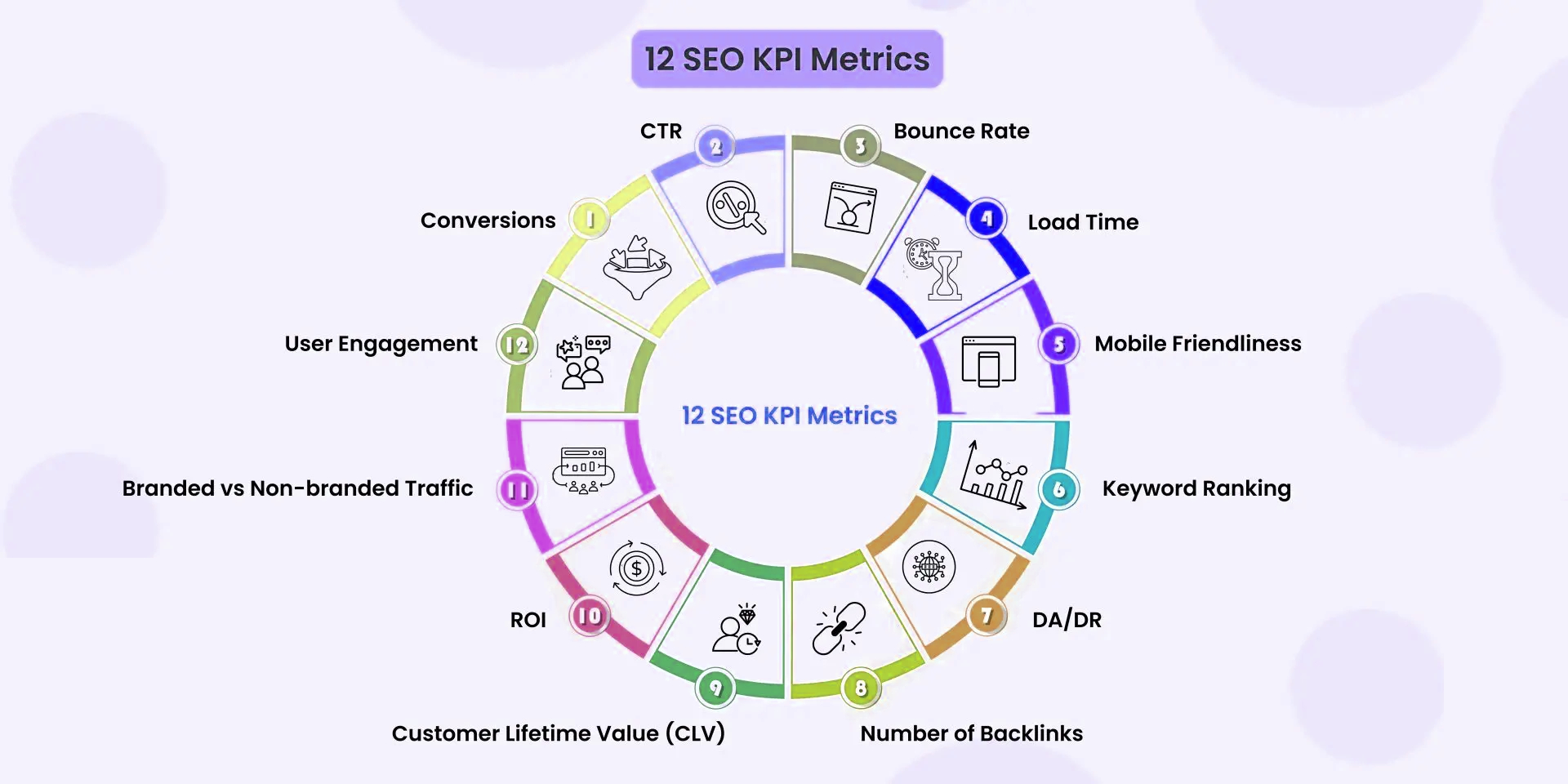
Key Performance Indicators (KPIs):
- Brand Awareness: Monitor website sessions and social media impressions.
- Engagement: Track likes, comments, shares, and time spent on your website.
- Conversions: Measure leads or sales driven by specific pieces of content.
Build a Dedicated Content Team
A skilled team ensures the effective execution of your strategy.
Common Roles:
- Content writers and editors
- Social media managers
- SEO specialists
- Designers
- Web developers
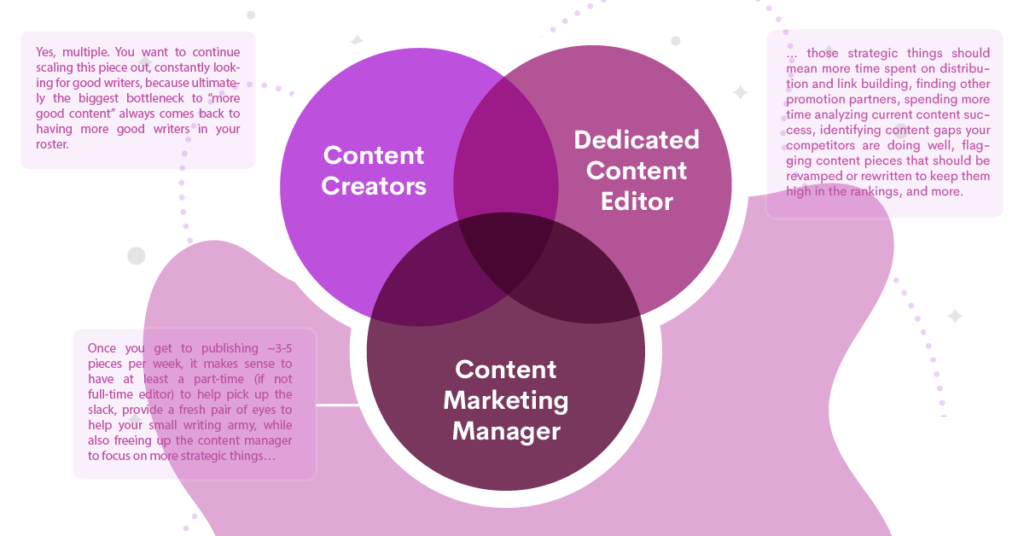
Outsource specialized tasks if needed to save time and resources while accessing expertise.
Incorporate User-Generated Content (UGC)
UGC adds authenticity and engages your audience.
Examples of UGC:
- Customer testimonials
- Social media posts featuring your products
- Video reviews or tutorials
User-generated content (UGC) has emerged as a valuable tool in corporate training, offering authentic, relatable, and diverse perspectives. Incorporating UGC into your training strategy not only fosters employee engagement but also helps build a culture of collaboration and shared knowledge.
One effective approach is to encourage employees to share their experiences, tips, and best practices through videos, blogs, or social media posts. These contributions can be curated and integrated into training modules to create content that resonates deeply with learners. For instance, a video created by a top-performing salesperson demonstrating effective techniques can inspire peers more than a generic, third-party training video.
UGC also allows training materials to evolve organically, reflecting real-time challenges and innovations within the organization. By leveraging tools such as feedback platforms and collaborative apps, companies can gather, refine, and utilize UGC efficiently. This approach not only enhances the relevance of corporate training but also boosts employee confidence and participation, as their contributions are valued and impactful.
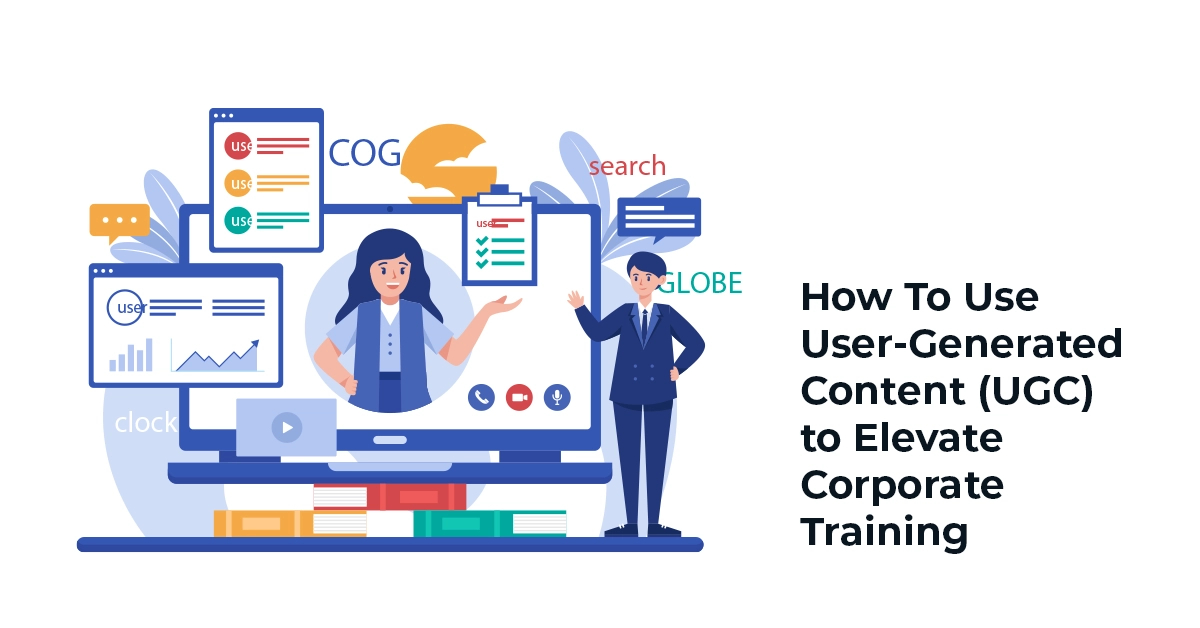
Tools like Brand Monitoring can help identify content mentioning your brand, which you can repurpose (with permission) for marketing purposes.
Perform Keyword Research
Keywords help you rank higher in search engine results. Use tools like Semrush’s Keyword Magic Tool to find relevant search terms.
What to Look For:
- Low competition keywords with high search volume.
- Search intent (informational, commercial, navigational, or transactional).
Organize keywords into lists for easy reference during content creation.
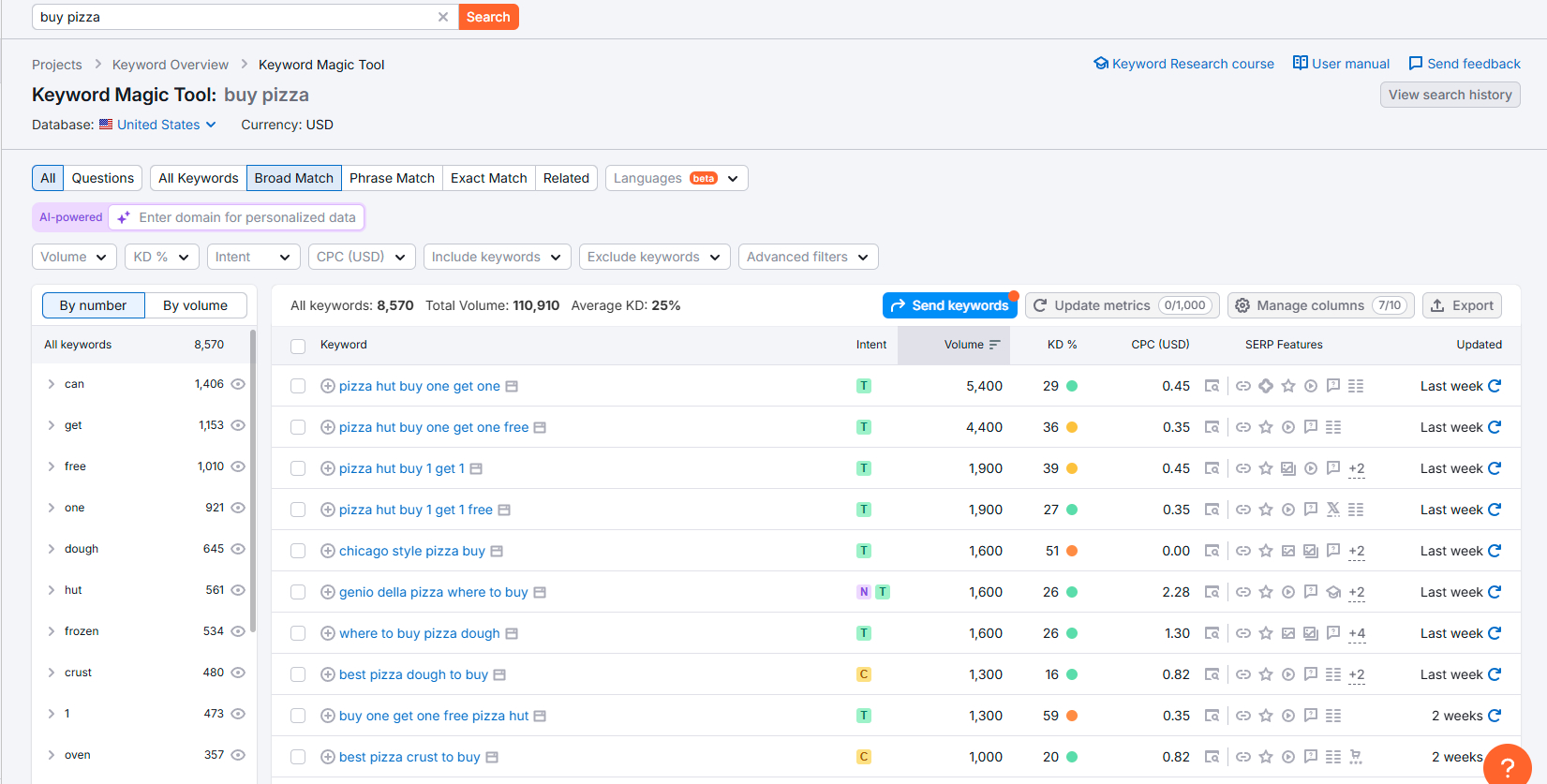
Strengthen On-Page SEO
Optimize your website to ensure content performs well in search engines.
Key Techniques:
- Use target keywords in URLs and title tags.
- Add internal and external links.
- Write unique, value-packed content.
Use tools like On-Page SEO Checker to get actionable optimization ideas.
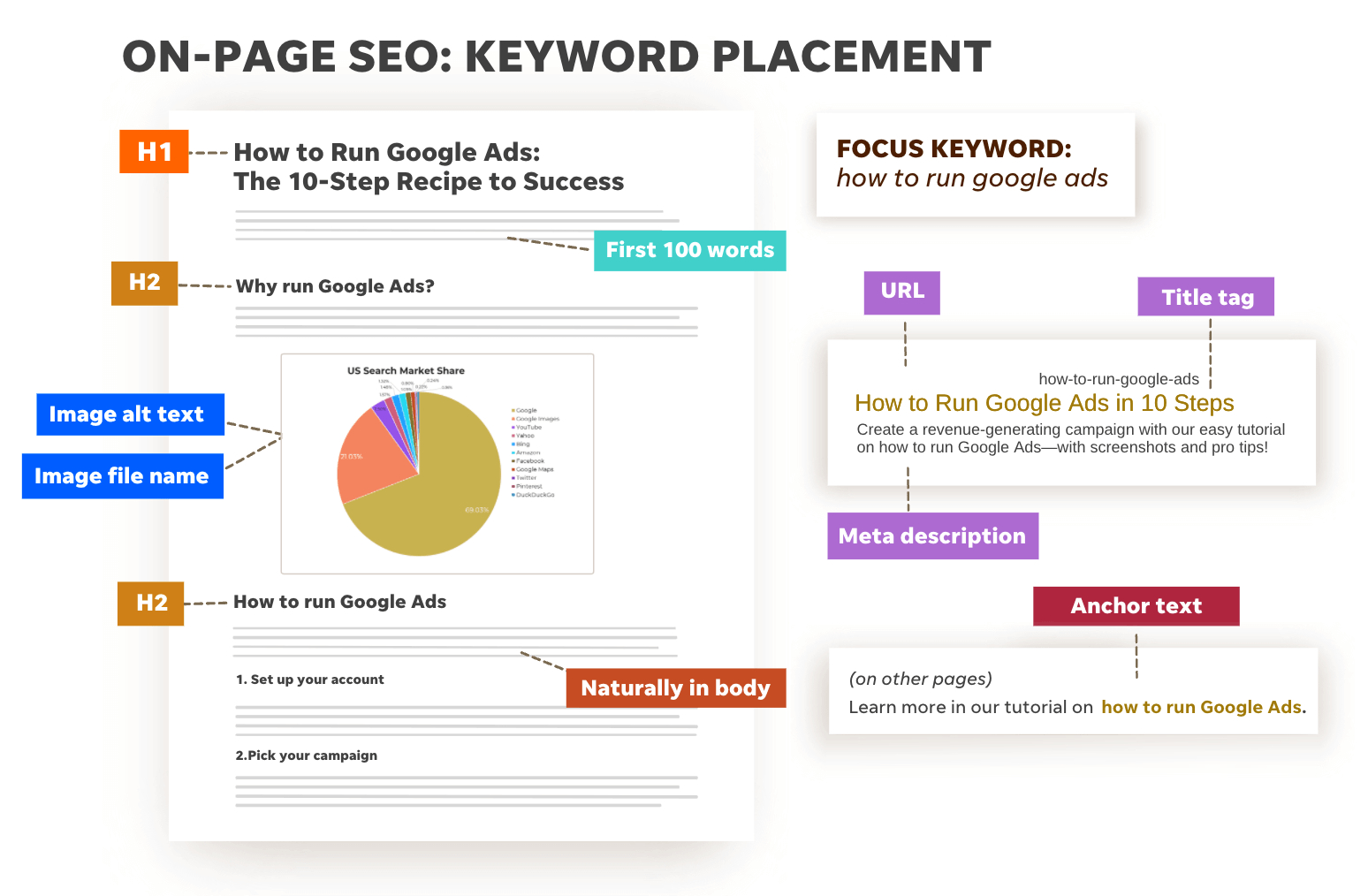
Target All Stages of the Marketing Funnel
Create content that speaks to users at each stage of their buyer’s journey:
- Top of Funnel (ToFu): Raise awareness with blog posts, videos, and infographics.
- Middle of Funnel (MoFu): Build trust with how-to guides, case studies, and social proof.
- Bottom of Funnel (BoFu): Drive conversions with testimonials, product pages, and free trials.
Use keyword intent to align content with each funnel stage.
Top of Funnel (ToFu)
At the Top of Funnel (ToFu), the goal is to raise awareness and attract a broad audience. Content like blog posts, videos, and infographics plays a crucial role here, as they provide valuable information and spark interest without directly promoting products or services. For example, a video tutorial on industry trends or an infographic explaining common challenges can draw in curious viewers and establish your brand as a helpful resource.
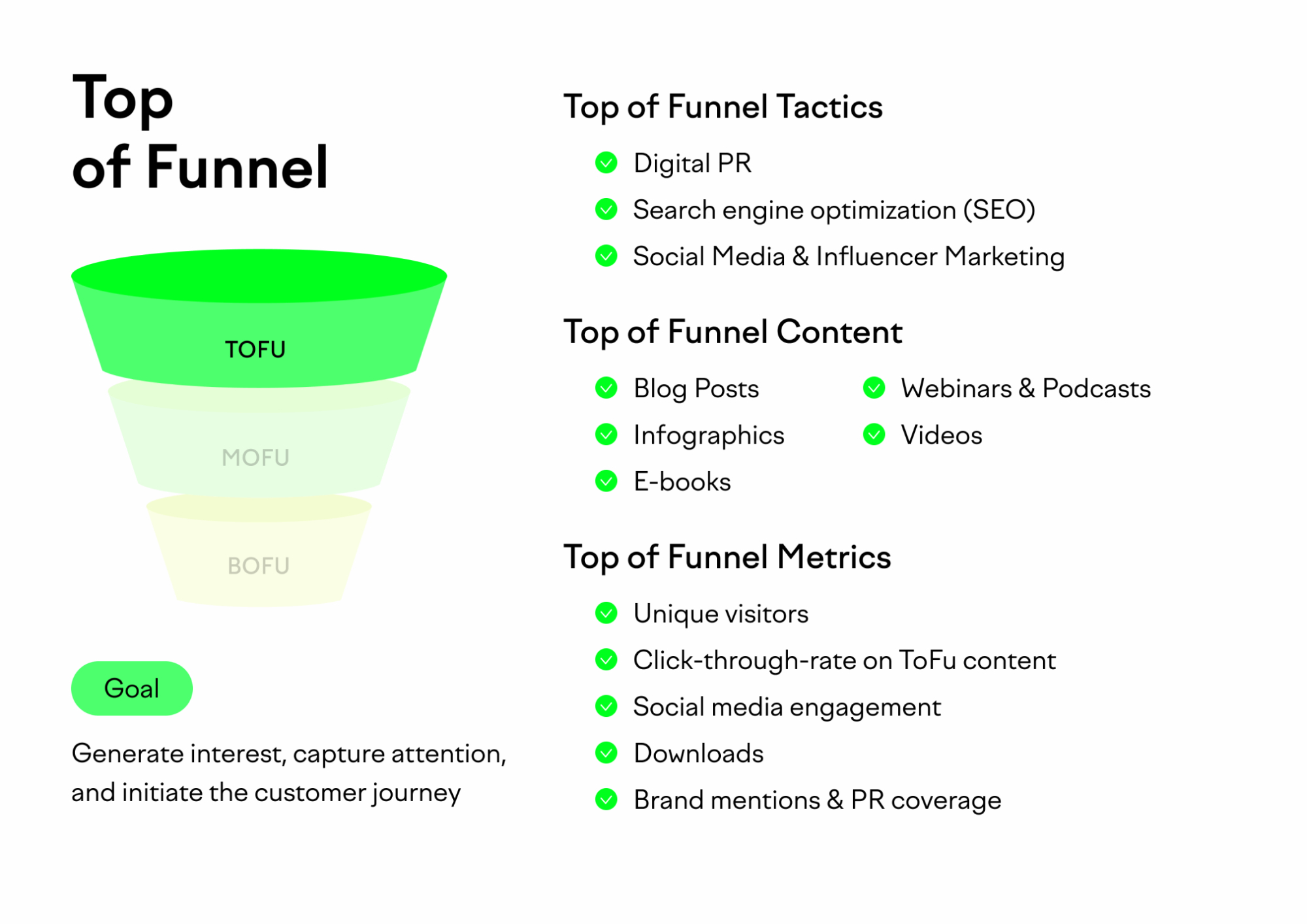
Middle of Funnel (MoFu)
The Middle of Funnel (MoFu) focuses on building trust and nurturing leads. At this stage, potential customers are seeking solutions and evaluating their options. How-to guides, case studies, and social proof, such as customer testimonials, help position your brand as credible and capable of solving their problems. For instance, a detailed case study showcasing measurable success can demonstrate your expertise and reliability.
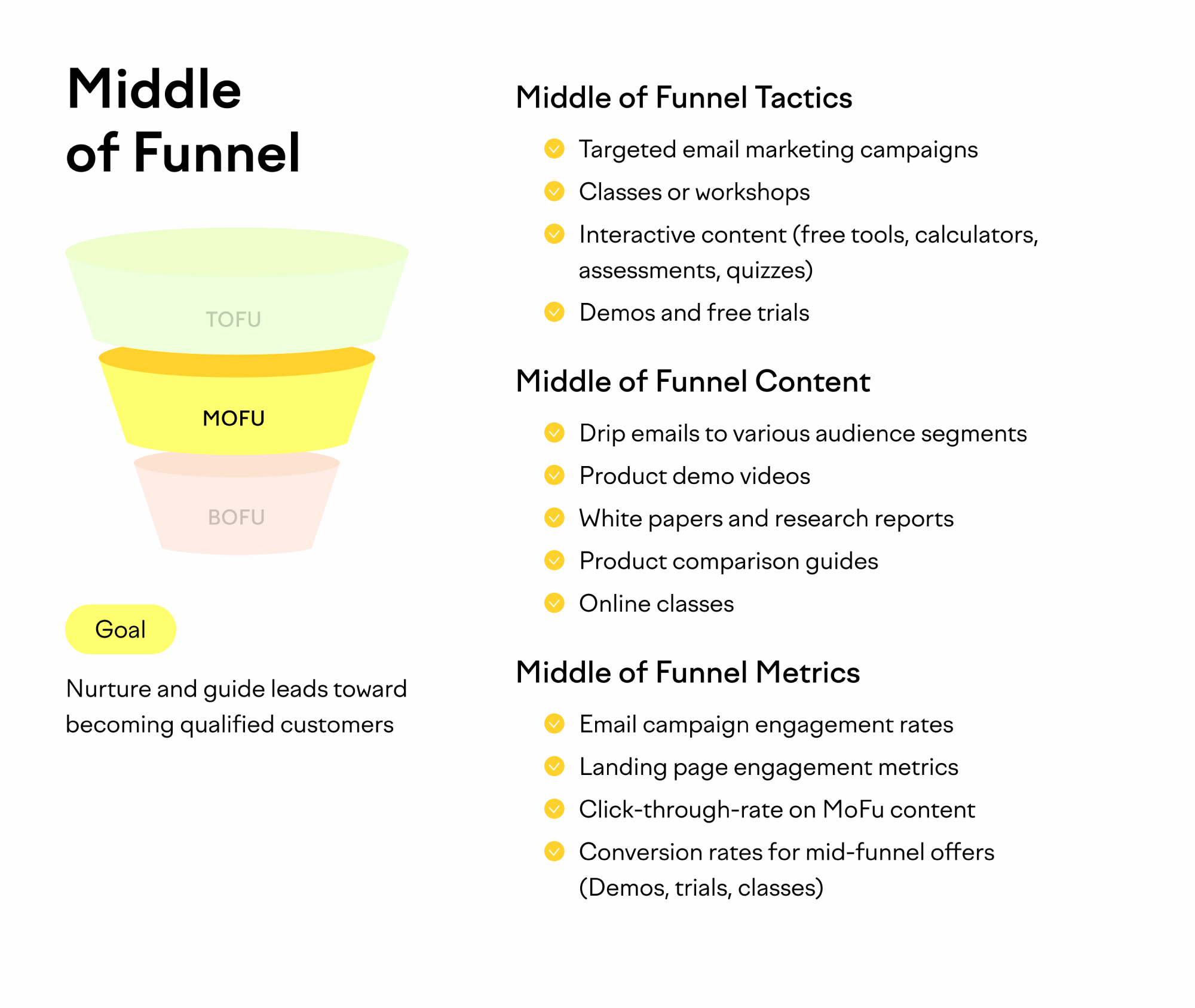
Bottom of Funnel (BoFu)
Finally, at the Bottom of Funnel (BoFu), the emphasis is on driving conversions. Content like product pages, free trials, and testimonials aims to convince prospects to take action. This is the stage where your messaging should clearly articulate the benefits of your offerings and address any remaining objections, helping to close the sale.
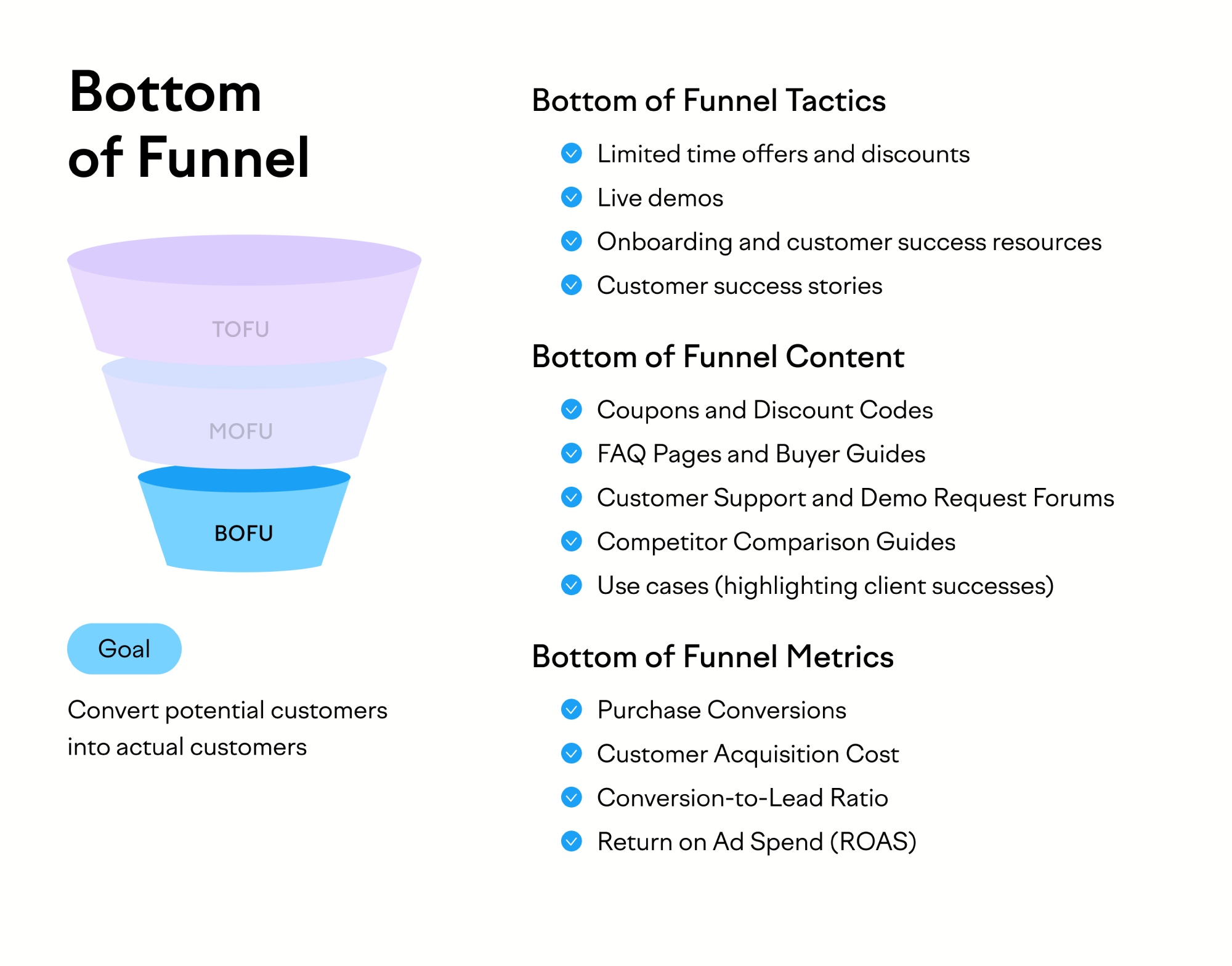
Create a Content Calendar
Plan content production and publishing using a detailed calendar.

Benefits:
- Ensures consistency across platforms.
- Helps you adjust strategies based on past performance.
Tools like Google Sheets or project management apps (Asana, Monday) can streamline collaboration.
Repurpose Content
Save time by reusing content across multiple platforms.
Exploring Long Form, Short Form, and Visual Form Content
Content creation is a dynamic process that caters to different audience preferences and objectives. Three key formats—long form, short form, and visual form—offer unique benefits and can be strategically used to engage your target audience effectively.
Long Form Content
Long form content, such as detailed blog posts, white papers, and in-depth guides, provides comprehensive information on a specific topic. This format is ideal for building authority, improving search engine rankings, and addressing complex subjects that require extensive explanation. For instance, a 2,000-word guide on SEO strategies not only educates but also positions your brand as an expert in the field. Long form content is particularly effective for audiences who seek detailed insights and are willing to invest time in learning.
Short Form Content
Short form content, like social media posts, quick tips, or short articles, is designed for quick consumption. It captures attention in a matter of seconds and is perfect for sharing bite-sized information, engaging visuals, or compelling calls-to-action. This format works well for reaching audiences with limited time or shorter attention spans, making it a powerful tool for driving immediate engagement on platforms like Twitter, Instagram, and LinkedIn.
Visual Form Content
Visual content, including infographics, videos, and images, transcends language barriers and captures attention instantly. Visuals are highly shareable and memorable, making them effective for conveying complex data or emotional stories. For example, an infographic summarizing the results of a marketing campaign or a behind-the-scenes video of your business can create a stronger connection with your audience. Visual content is versatile and can complement both long and short form strategies.
By leveraging these content formats thoughtfully, businesses can meet diverse audience needs, boost engagement, and achieve their marketing objectives more effectively.
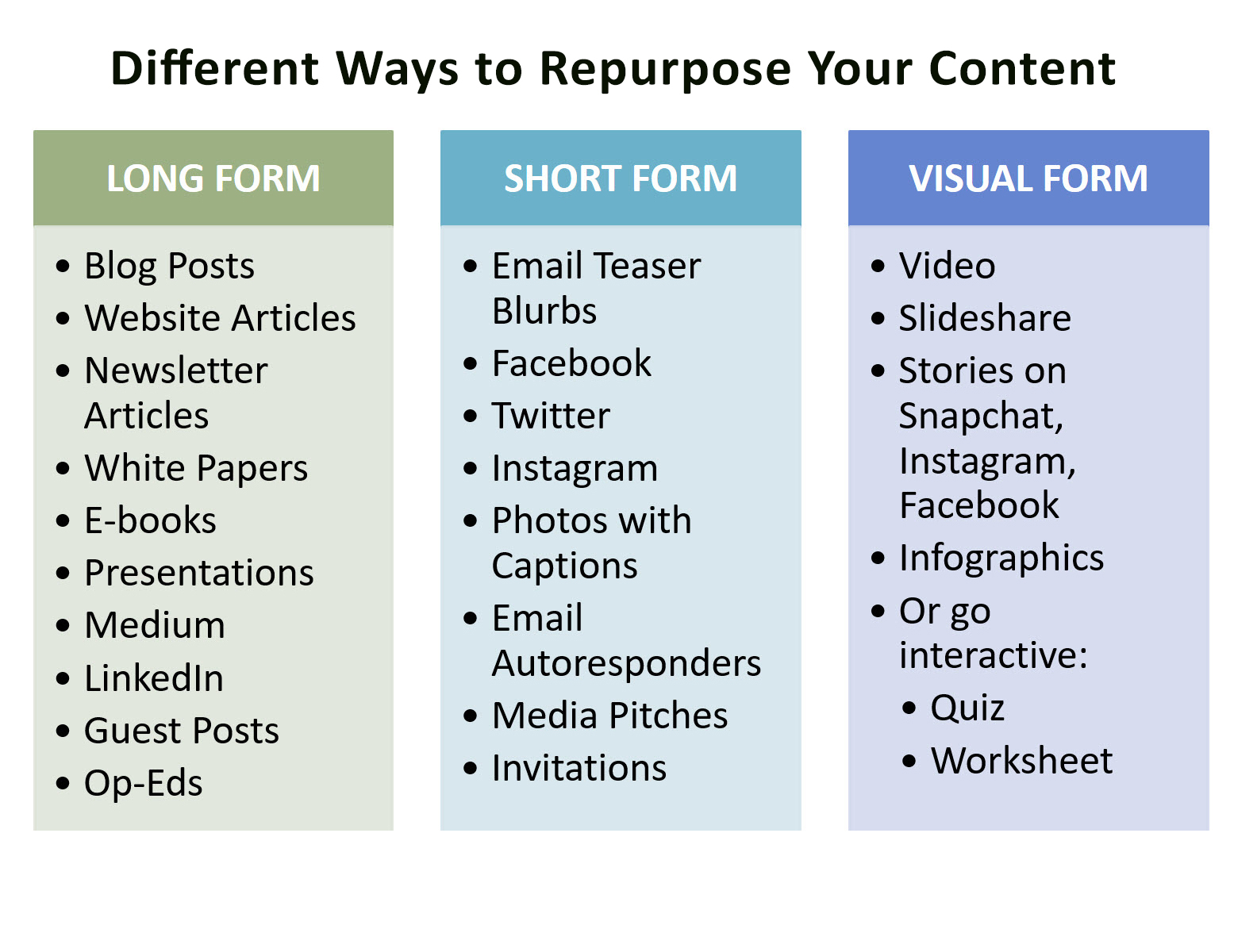
Examples of Repurposing:
- Turn blog posts into infographics or videos.
- Use podcast transcripts to create articles.
- Break long-form videos into bite-sized clips for social media.
Leverage Subject Matter Experts (SMEs)
Incorporate insights from internal or external SMEs to add credibility.
Examples:
- Feature SME quotes in articles.
- Invite them as guests for podcasts or webinars.
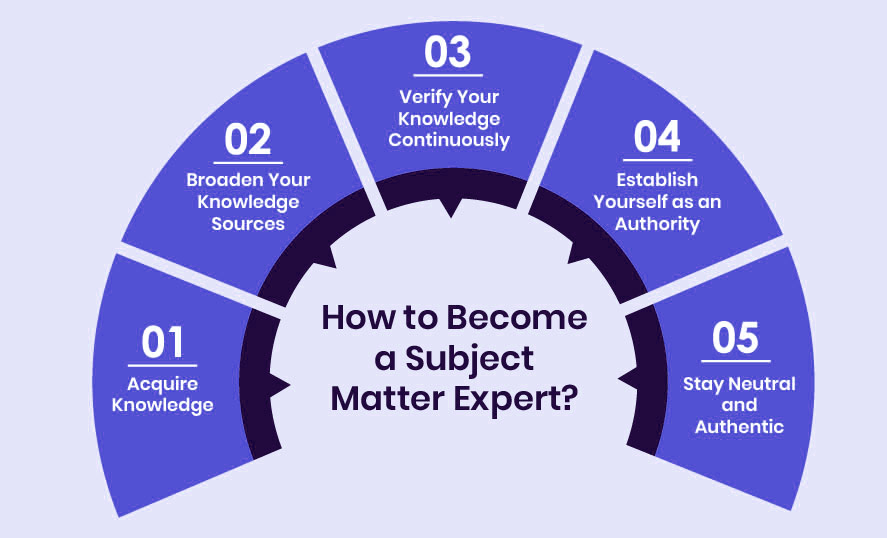
Highlight SME-driven content in your content calendar for strategic planning.
Create Evergreen, Seasonal, and Trending Content
Balance your strategy by incorporating all three content types:
- Evergreen: Timeless topics like “SEO Basics.”
- Seasonal: Holiday-themed campaigns.
- Trending: Capitalize on viral moments relevant to your niche.
Track performance to adjust your focus accordingly.
Evergreen Content
Evergreen content is timeless and retains its relevance long after publication. Examples include how-to guides, FAQs, and detailed tutorials that address core topics in your industry. This type of content is ideal for driving consistent traffic, as it remains valuable to audiences over time. For instance, a guide on “SEO Best Practices” can continue attracting readers for years with minimal updates.
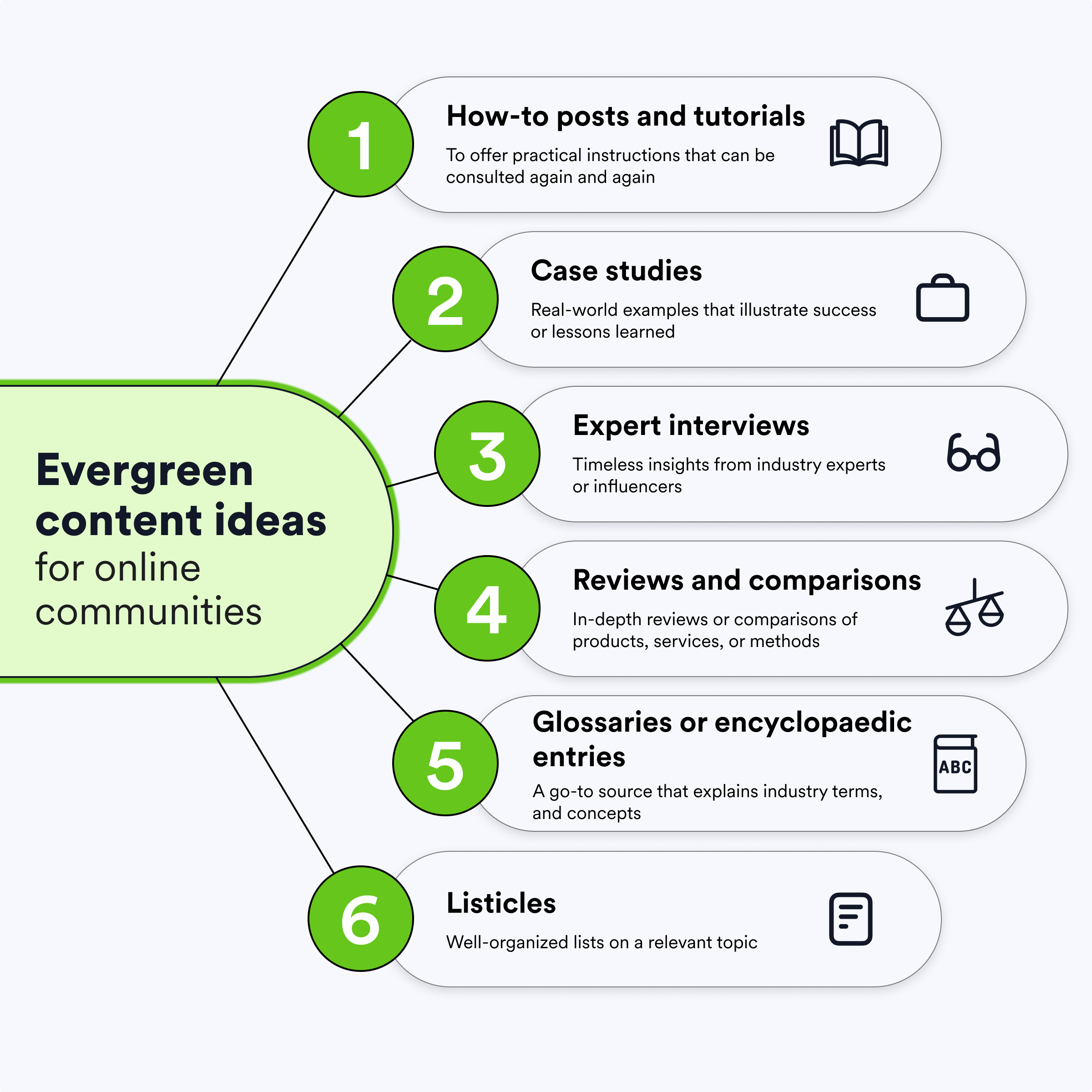
Seasonal Content
Seasonal content is tied to specific times of the year, such as holidays, events, or recurring trends. Examples include “Holiday Gift Guides,” “Back-to-School Tips,” or content focused on seasonal sales. This type of content is highly effective for capturing timely audience interest and boosting engagement during particular periods. While seasonal content has a limited lifespan, it can be updated and reused annually, making it a valuable component of your strategy.

Trending Content
Trending content focuses on current events, viral topics, or emerging trends. This type of content is designed to capture the audience’s immediate interest and position your brand as timely and relevant. Examples include blogs on the latest industry news, social media reactions to viral moments, or posts addressing trending hashtags. While trending content has a short shelf life, it can generate spikes in traffic and visibility when executed well.
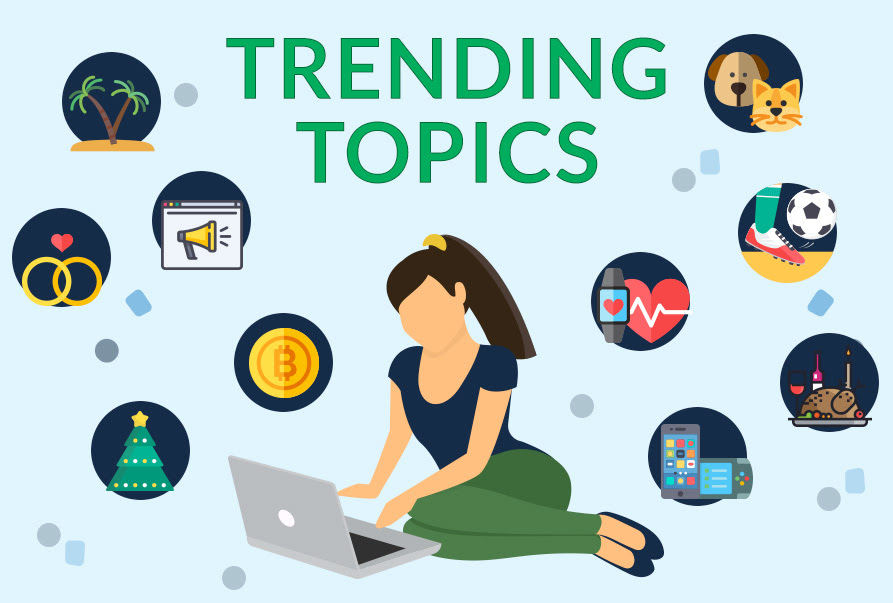
By integrating evergreen, seasonal, and trending content into your strategy, you can create a content mix that keeps your audience engaged throughout the year while addressing both immediate and long-term goals.
Use AI Wisely
AI can streamline tasks like topic generation and content optimization.
Recommended Tools:
- Semrush SEO Writing Assistant: Offers SEO and readability recommendations.
- AI Video Marketing Automator: Converts blog URLs into video content.
Always validate AI-generated content for accuracy and originality.
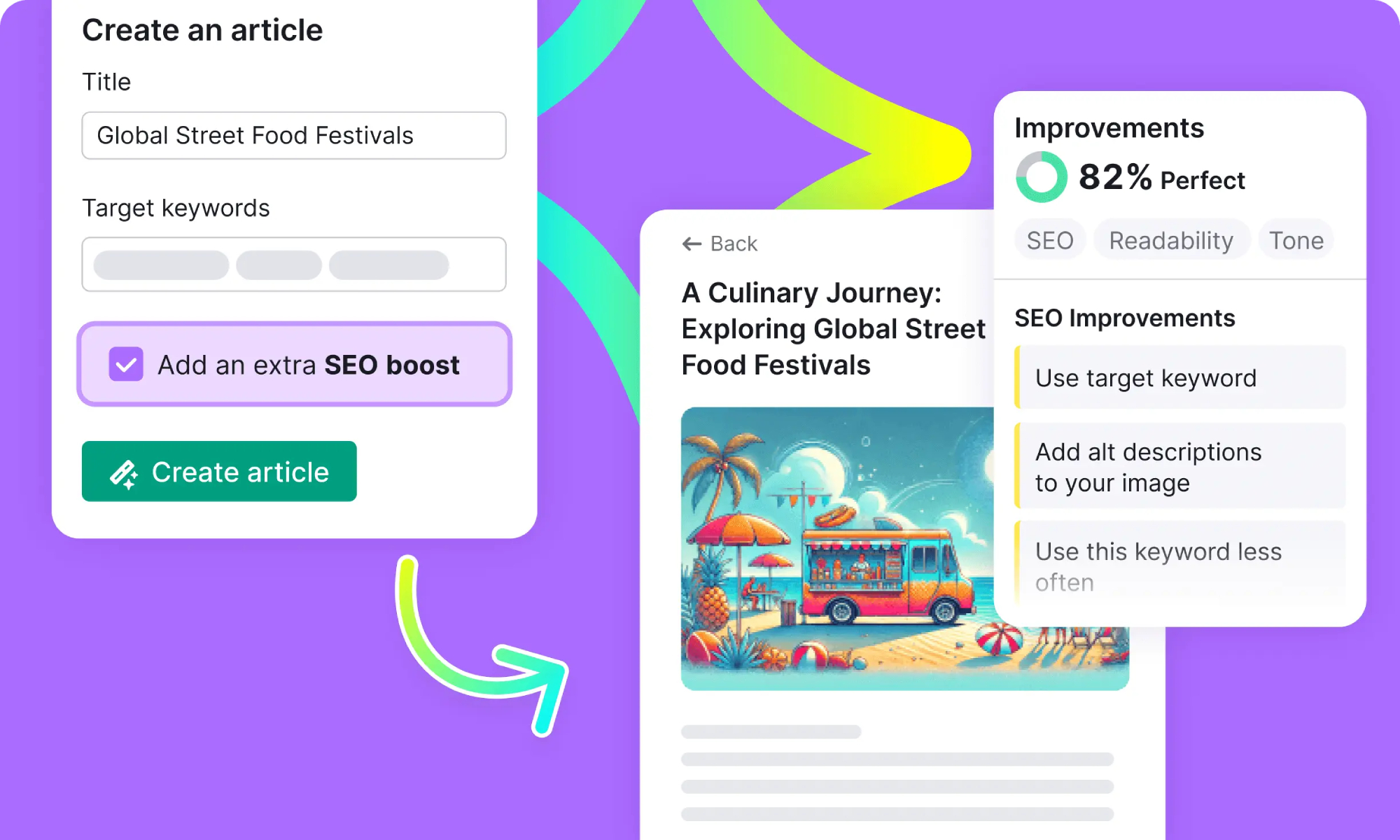
Simplify Your Content Marketing with Ease
Content marketing doesn’t have to be overwhelming. With advancements in AI and real-time competitor analysis, you can now create high-quality, optimized articles instantly. This innovative approach takes the stress out of content creation, allowing you to focus on strategy and engagement rather than time-consuming writing tasks.
Imagine having an entire article crafted in seconds—tailored to your target audience, optimized for organic traffic, and aligned with the latest industry trends. By leveraging AI, you gain access to a seamless content generation process that incorporates real-time data from competitors to ensure your content stands out.
This streamlined method not only saves time but also enhances your marketing efforts by delivering content that drives engagement, builds authority, and boosts SEO performance. Say goodbye to content creation woes and embrace a hassle-free way to power your marketing strategy.
Measure and Refine Your Strategy
Track content performance using analytics tools like Google Analytics, Semrush Organic Traffic Insights, or Social Analytics.
Metrics to Monitor:
- Website traffic and bounce rates.
- Keyword rankings.
- Social media growth.
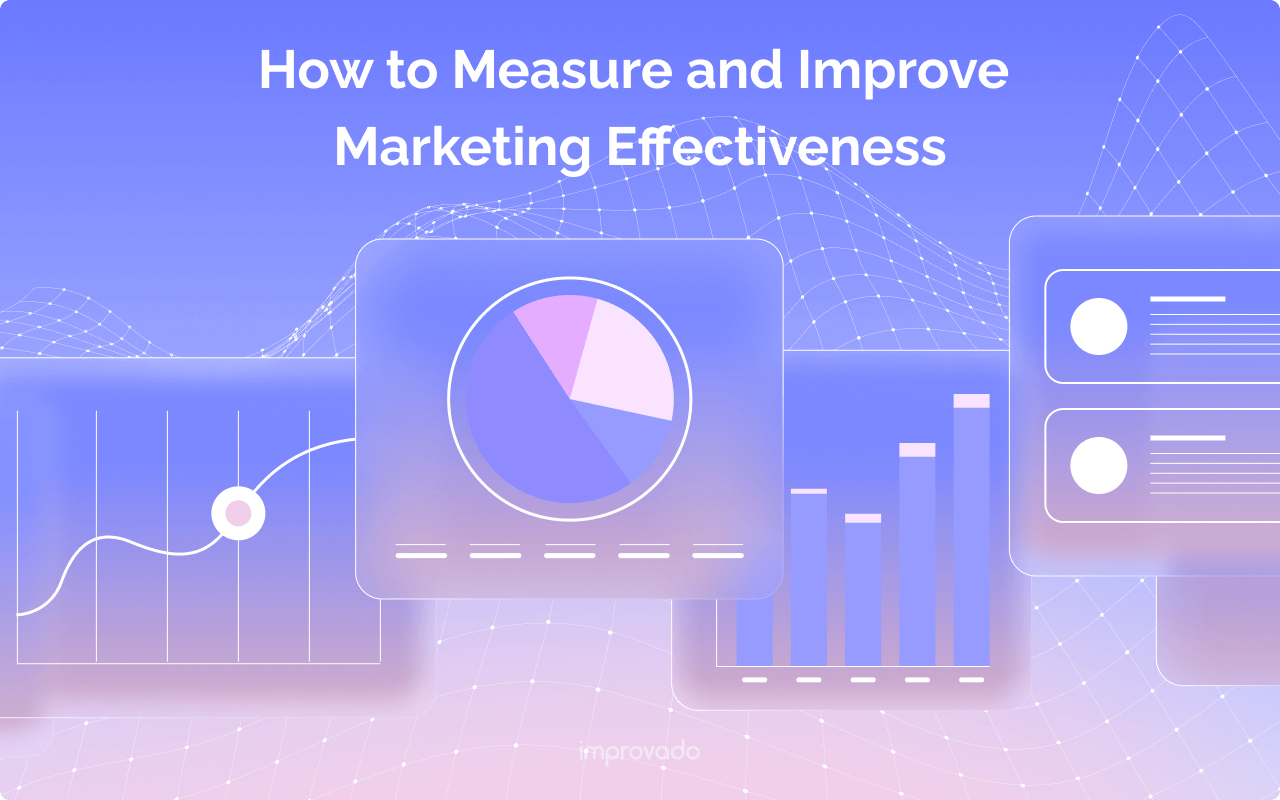
Use insights to optimize underperforming content and refine your strategy.
Content Marketing Best Practices FAQ
What is content marketing?
Content marketing is the process of creating and distributing valuable, relevant content like videos, blog posts, and images to attract and engage your target audience.
Why is audience analysis important in content marketing?
Audience analysis helps identify your audience’s demographics and psychographics, enabling you to create tailored content that addresses their needs and interests.
How can I optimize my content for search engines?
Use keyword research tools like Semrush’s Keyword Magic Tool to find relevant keywords, create SEO-friendly title tags, and improve on-page SEO elements.
What is user-generated content (UGC), and why should I use it?
UGC is content created by customers or users, such as testimonials or social media posts. It adds authenticity and builds trust with potential customers.
How do I measure the success of my content marketing efforts?
Set clear goals and track key performance indicators (KPIs) like website traffic, engagement rates, or social media growth using tools like Google Analytics or Semrush.
How can AI improve my content marketing strategy?
AI tools like Semrush’s SEO Writing Assistant can provide recommendations for SEO, tone, and readability, helping you optimize content faster and more effectively.
What are the three types of content to include in a strategy?
Incorporate evergreen, seasonal, and trending content to maximize audience engagement and meet both short-term and long-term goals.
How do I create a content calendar?
Use tools like Google Sheets or project management software to organize and schedule your content, ensuring consistency across all platforms and mediums.
Introducing the Content Marketing Toolkit!
This Python-based tool is designed to simplify your content marketing efforts with features like an automated content calendar generator, keyword research powered by Semrush, and performance analysis to optimize your strategies. Whether you’re a marketer, content creator, or SEO specialist, this toolkit empowers you to plan, execute, and refine your campaigns effortlessly. With AI-powered content suggestions and user-generated content tracking, you’ll stay ahead of trends and engage your audience effectively. Ready to take your content marketing to the next level?
import argparse
from modules import calendar, keyword_research, performance, ai_suggestions
def main():
"""
Main entry point for the Content Marketing Toolkit.
"""
parser = argparse.ArgumentParser(description="Content Marketing Toolkit")
parser.add_argument("--generate-calendar", nargs="+", help="Generate a content calendar. Provide topics.")
parser.add_argument("--start-date", help="Start date for the calendar (YYYY-MM-DD).")
parser.add_argument("--keyword-research", help="Perform keyword research for a topic.")
parser.add_argument("--analyze-performance", action="store_true", help="Analyze content performance.")
parser.add_argument("--ai-suggestions", help="Generate content ideas using AI. Provide a topic or idea.")
args = parser.parse_args()
if args.generate_calendar and args.start_date:
calendar.generate_content_calendar(args.generate_calendar, args.start_date)
if args.keyword_research:
keyword_research.fetch_keywords(args.keyword_research)
if args.analyze_performance:
performance.analyze_performance()
if args.ai_suggestions:
ai_suggestions.generate_content_idea(args.ai_suggestions)
if __name__ == "__main__":
main()Conclusion
Content marketing is a multifaceted process, but following these best practices can simplify your efforts. Analyze your audience, set clear goals, and optimize content for all stages of the buyer’s journey. Leverage tools like Semrush to ensure your strategy is data-driven and impactful.

